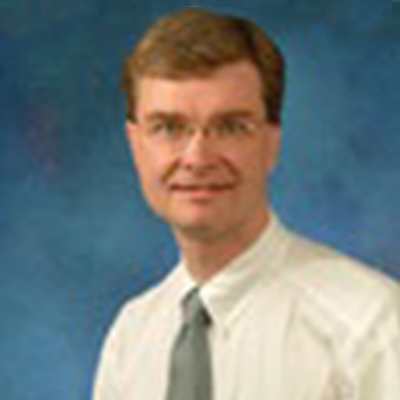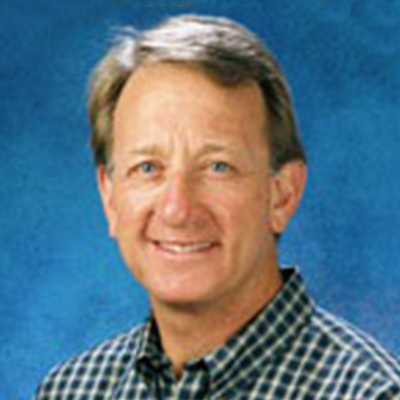Biography
The Hong Lab employs a multidisciplinary approach to identify the molecular and neural circuit mechanisms underlying normal social behaviors as well as their dysregulations in neuropsychiatric disorders. Social behaviors are essential for the survival and reproduction of animals. The control of social behavior is of particular importance in social species such as humans. Abnormalities in social behaviors are associated with several neuropsychiatric disorders, such as autism spectrum disorders and schizophrenia. Despite its importance, many fundamental questions regarding social behavior and its disorders still remain unanswered. We aim to understand how social behavior is regulated at the molecular and circuit level and how social behavior and social experience lead to molecular and circuit level changes in the brain.
We study these questions across molecular, circuit, and behavioral levels, by linking genes to circuits to behaviors. To do that, we take a multi-disciplinary approach and utilize a variety of experimental and computational technologies, including but not limited to optogenetics/chemogenetics, in vivo/vitro calcium imaging and electrophysiology, various genetic and molecular biology techniques, systems approaches such as next-generation sequencing and bioinformatics, and engineering and computational approaches such as machine learning and computer vision.





